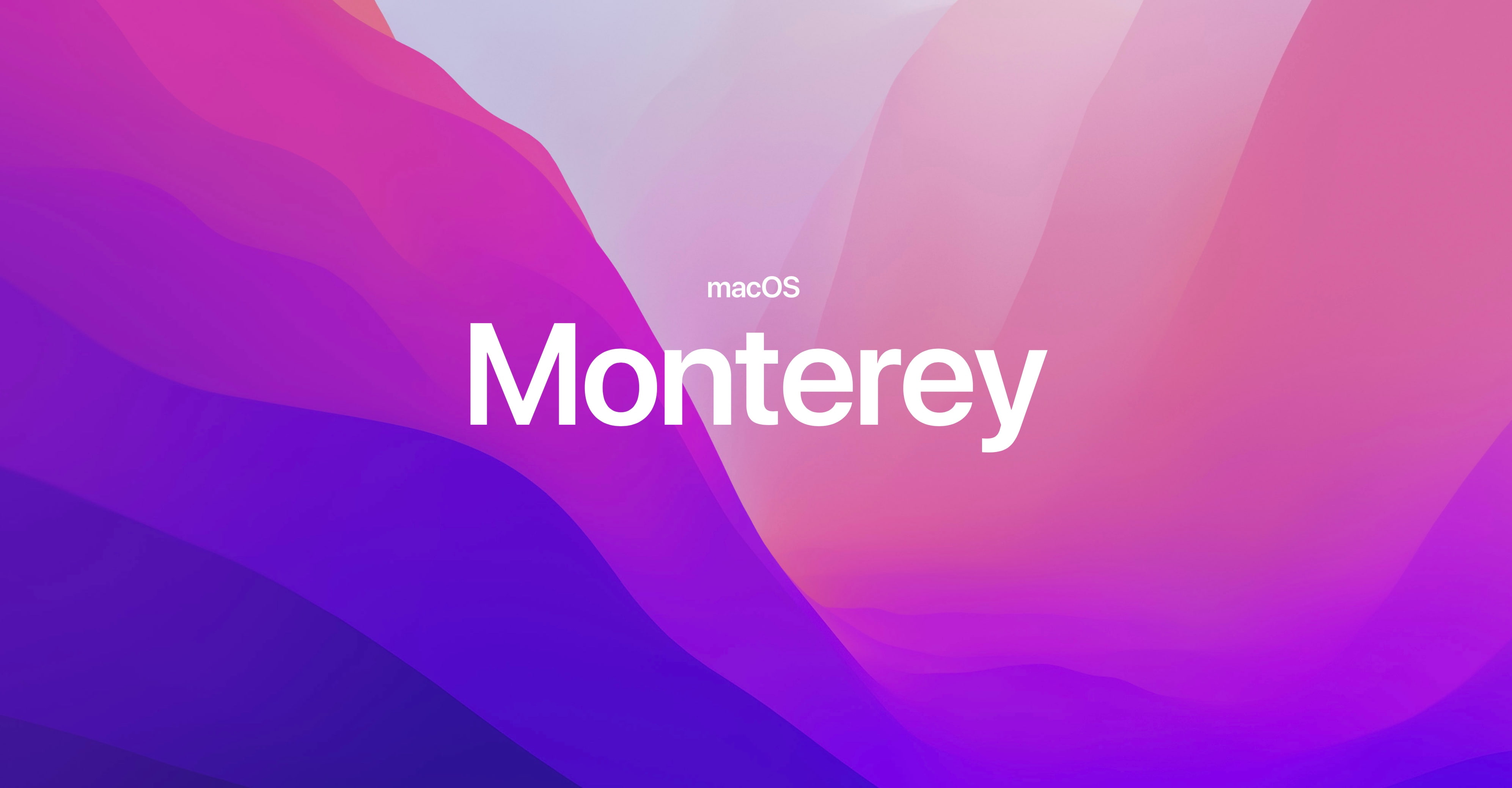

Pro: little setup required (only BIOS/UEFI) reliable boot process scales (works) well for lots of thin clients if you have a stable boot image in placeĬon: tediuous process of writing the boot image to the drive (USB stick, Compact Flash card, SD card, hard disk) – To avoid this use hdupdate. GRUB) it is best to start with SYSLINUX because of its simplicity. Although there are other bootloaders available (e.g. If you plan to boot from either removable media or internal storage devices you will probably be using the same bootloader: SYSLINUX.

On the first boot you may have to change your BIOS/UEFI settings accordingly. Now put this CD/DVD into the thin client optical drive and boot from it.

Then fetch the ISO image file thinstation.iso from the subdirectory build/boot-images/iso of you build environment and write it onto a CD or a DVD using any available CD/DVD writing application. Set param bootimages "refind-iso systemd-boot-iso iso" in nf and rebuild ThinStation. Pro: little setup required reliable boot processĬon: tedious process of (erasing and) writing an optical medium does not scale (work well) for lots of thin clients (lots of CDs have to be written) How to Booting from CDĪ very easy way to boot ThinStation is from CD or DVD. No matter which way you deploy ThinStation you can always fetch configuration files through the network. Removable media or internal storage devices with SYSLINUX.Split the Windows image file into smaller files, and put the smaller files onto the USB drive: Dism /Split-Image /ImageFile:D:\sources\install.wim /SWMFile:E:\sources\install.You have to decide which medium and appropriate boot loader a thin client will use to load the ThinStation boot image (“deployment”). If your image is larger than the filesize limit:Ĭopy everything except the Windows image file (sources\install.wim) to the USB drive (either drag and drop, or use this command, where D: is the mounted ISO and E: is the USB flash drive.) robocopy D: E: /s /max:3800000000 Windows USB install drives are formatted as FAT32, which has a 4GB filesize limit. Follow the instructions to install Windows. Select the option that boots the PC from the USB flash drive. Turn on the PC and press the key that opens the boot-device selection menu for the computer, such as the Esc/F10/F12 keys. For more information, see Automate Windows Setup. Optional: add an unattend file to automate the installation process. Use File Explorer to copy and paste the entire contents of the Windows product DVD or ISO to the USB flash drive. Step 2 - Copy Windows Setup to the USB flash drive If Mark Partition as Active isn't available, you can instead use diskpart to select the partition and mark it active.


 0 kommentar(er)
0 kommentar(er)
